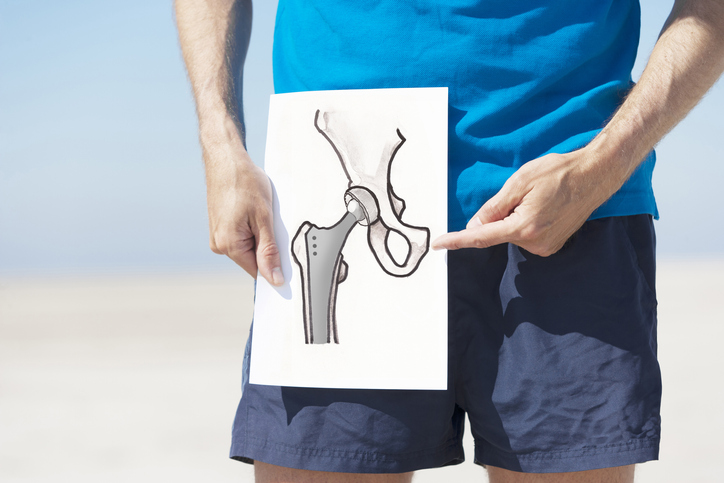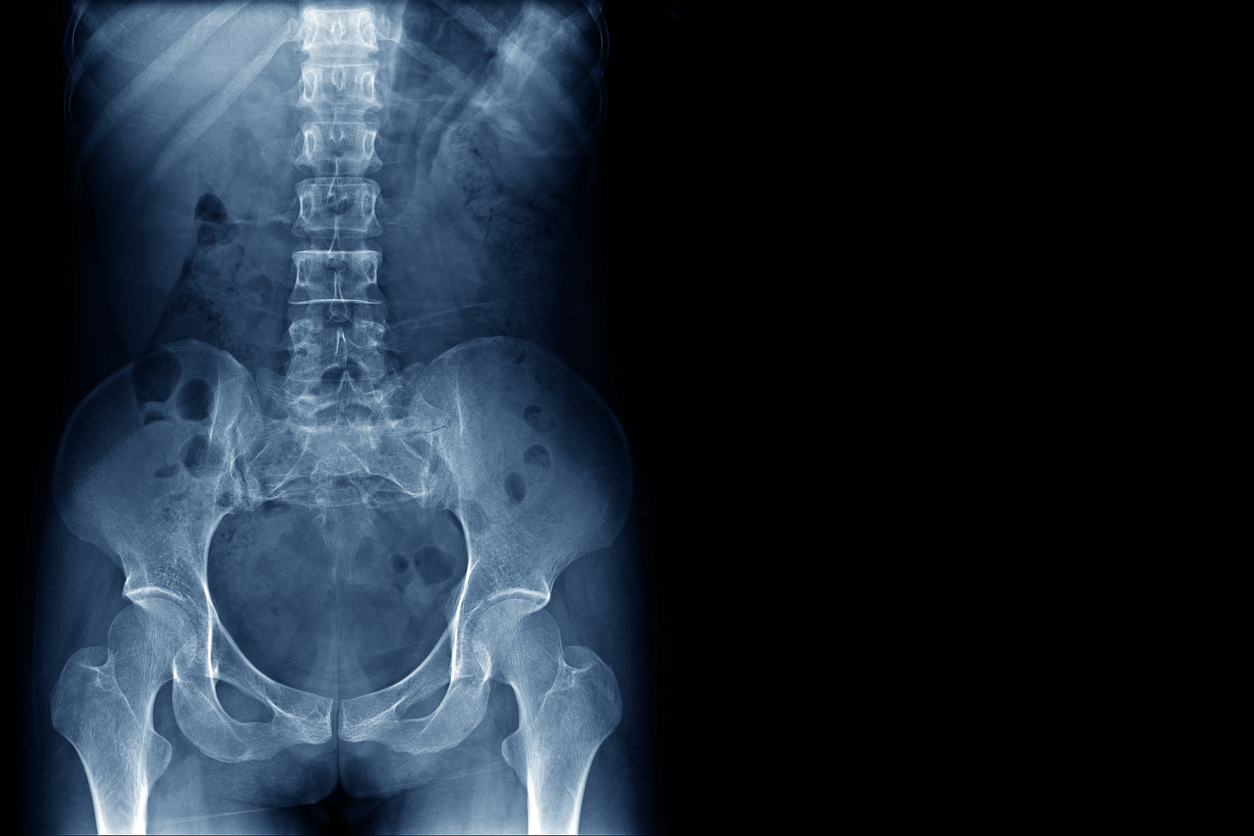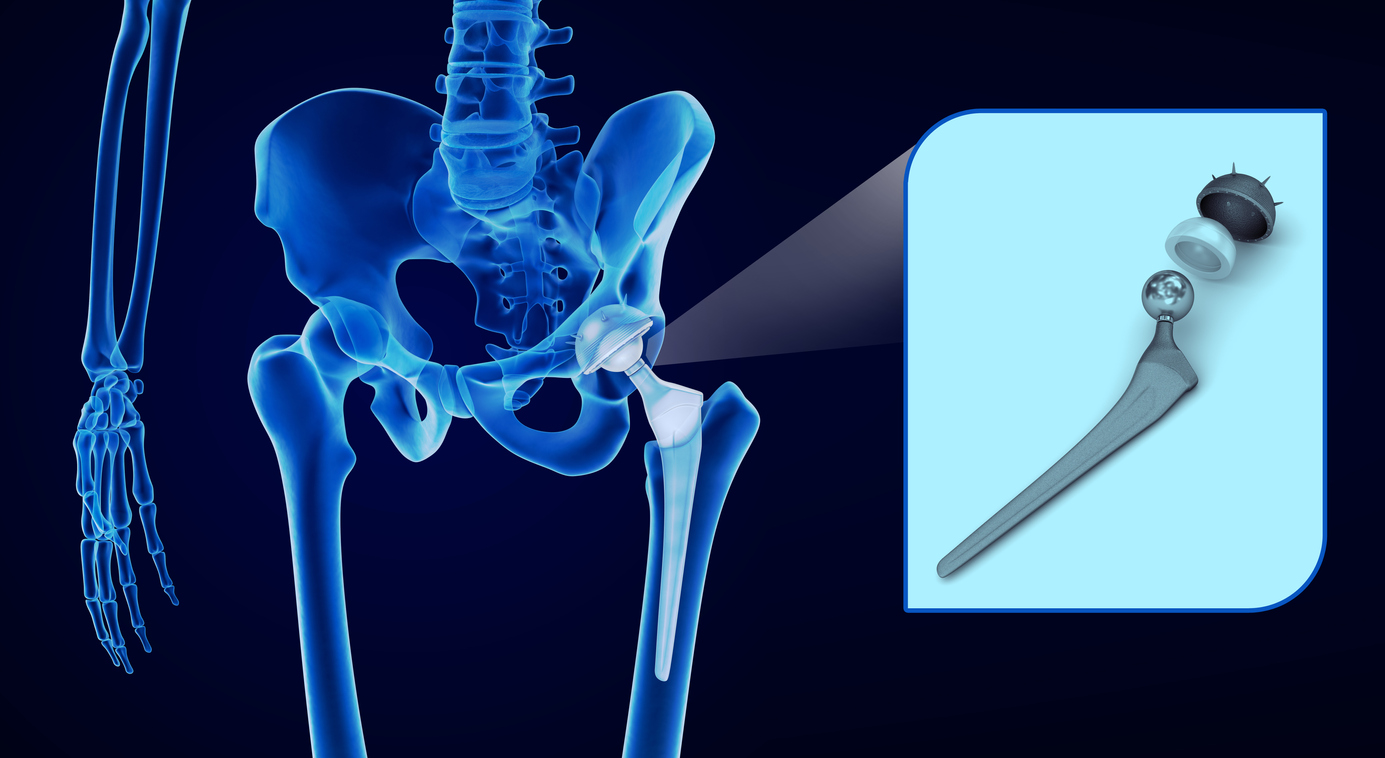Treatments
What Is Hip Replacement?

Hip replacement, or hip arthroplasty, is a surgical procedure that involves removal of damaged sections of the hip and replaces it with artificial parts constructed of metal, ceramic, or hard plastic. Replacing a damaged hip with an artificial joint (prosthesis) typically reduces pain while also improving functionality. Hip replacement is often performed when other treatment options fail to provide pain relief. The procedure usually takes approximately two hours to complete.
Reasons for hip replacement
Hip replacement may be needed for various reasons including, but not limited to, the following:
- Damage due to osteoarthritis, rheumatoid arthritis, or avascular necrosis (bone tissue death)
- Hip pain that worsens while walking, interferes with sleep, or does not ease with medication
- Pain that affects the ability to navigate stairs or rise from a seated position
- Difficulty attempting simple tasks due to hip pain, such as getting dressed or performing daily activities
- A break in the hip joint (socket, ball or both)
Types of hip replacement
The hip joint contains a ball at the top of the femur that fits into a socket in the pelvis. Hip replacement surgery involves replacement of either the ball (partial hip replacement) or both the ball and socket (total hip replacement).
Minimally invasive vs. traditional hip replacement
During minimally invasive hip replacement, a surgeon accesses the hip joint via one or two small incisions. The surgeon then moves the muscles aside to perform the surgery. In comparison to traditional hip replacement surgery, minimally invasive hip replacement surgery is less likely to damage muscle or cause future hip dislocation. It is also less painful and involves a shorter hospital stay.
During a traditional hip replacement, a surgeon makes a single large incision and cuts the muscles and tendons to gain access to the hip. The muscles and tendons are repaired after the hip implant is in place. Recovery time is typically longer with traditional hip replacement than it is with minimally invasive hip replacement. Hip dislocation risk is also greater until the supporting structure is healed. However, a severely damaged or broken joint is better accessed with traditional hip replacement.
















